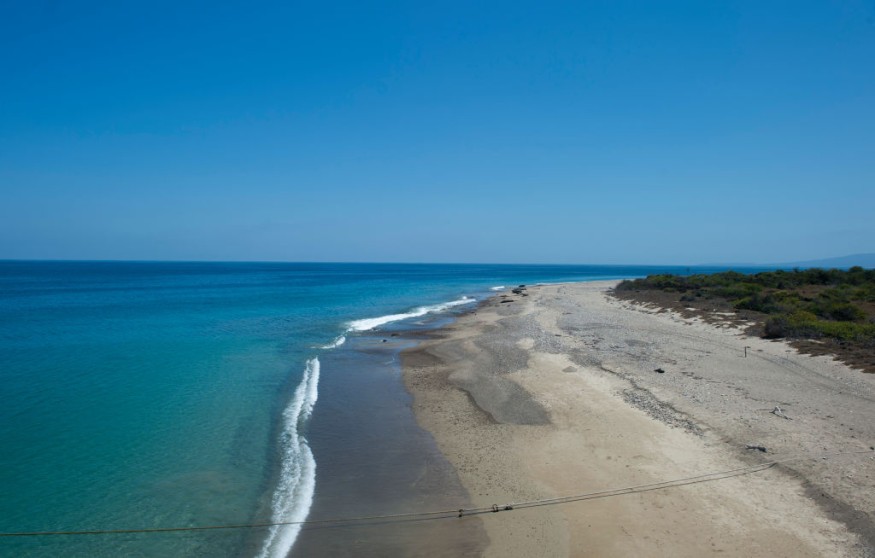
Scientists and experts alike are continuously warning the general public in regards with global warming, as it is seriously disrupting the Earth's hydrological system.
News Satellite Data on Fresh and Salt Waters
As per recent geostationary assessments posted under the journal of Scientific Reports, freshwaters are becoming pure and saltwater are becoming saline throughout the planet. If this tendency persists, torrential downpours would intensify.
The results suggest a significant quickening of the hydrological cycle, which is not as obvious in straight saltiness readings from marine sensors, which normally scan a bit under the sea level. Nonetheless, weather devices usually forecast it.
Meteorological experts predict that when planetary levels rise, there will be more absorption on the sea floor, making the upper level of the marine saltier and adding humidity to the ambience.
According to physicist Antonio Turiel of Spain's Institut de Ciències del Mar, in his statement in ScienceAlert, he asserted that when the breeze is not as solid, the groundwater heats up but does not transfer warmth with the moisture below, causing the outer layer to be saltier than the subsurface and permitting the consequences of vaporization to be witnessed with geostationary satellites,"
Explicitly, in the Ocean, researchers had noticed that visible saltiness drops relatively fast than underlying saltiness, and in that very particular location, researchers have witnessed a rise in ocean temperature as well as a decline in the severity of wind gusts and the thickness of the combining zone.
Furthermore, in EurekAlert recent update, Estrella Olmedo, a statistician at Barcelona's Institute of Marine Sciences clarifies that one such increased mass of fluid swirling in the ambience might also discuss the uptick in annual precipitation that has been intercepted in certain northern hemisphere, in which the reality that it is pouring with rain rather than snowing is accelerating the deformation.
The investigators recommend that forthcoming marine simulations must integrate spacecraft salinity statistics since it appears to be a reliable indicator for worldwide evaporative as well as rainfall dynamics.
In practice, this suggests that rainy zones may become 7% moister and drier ones could become 7% dryer in net.
Salt Waters are Getting Saltier
In the latest computer simulations, the Earth's hydrological cycle might accelerate by up to 7% for each and every degree Celsius of heat. If the hydrological circulation speeds up as a result of planetary temperature rise, it might have far-reaching consequences for contemporary community, causing droughts as well as scarcity of water, including more thunderstorms and devastation.
The project website of Drawndown also posted that the sole method to prevent potential rising temperatures, shortages, and cyclones from becoming more severe is to mitigate climate change - and there is still much mankind could do.
There are fewer marine sensors that accurately detect seawater saltiness at the planet's extreme northern and southern hemispheres. This indicates that the weather and the water communicate more strongly than previously thought, with significant implications for the mainland and Antarctic zones.
Scientists determined considerable variations in saline readings amongst buoys and satellites in tropical and mid-latitude areas. The subsequent observations revealed quite vividly alterations in the Earth's hydrological cycle.
The trend may be summarized as "wet-gets-wetter-dry-gets-drier," and that is really concerning. It may even have begun to accelerate glacial melt when precipitation in northern latitudes has increased.
Related article : Uncovering 5 Great Ocean Mysteries from Surface to the Deep
© 2025 NatureWorldNews.com All rights reserved. Do not reproduce without permission.





